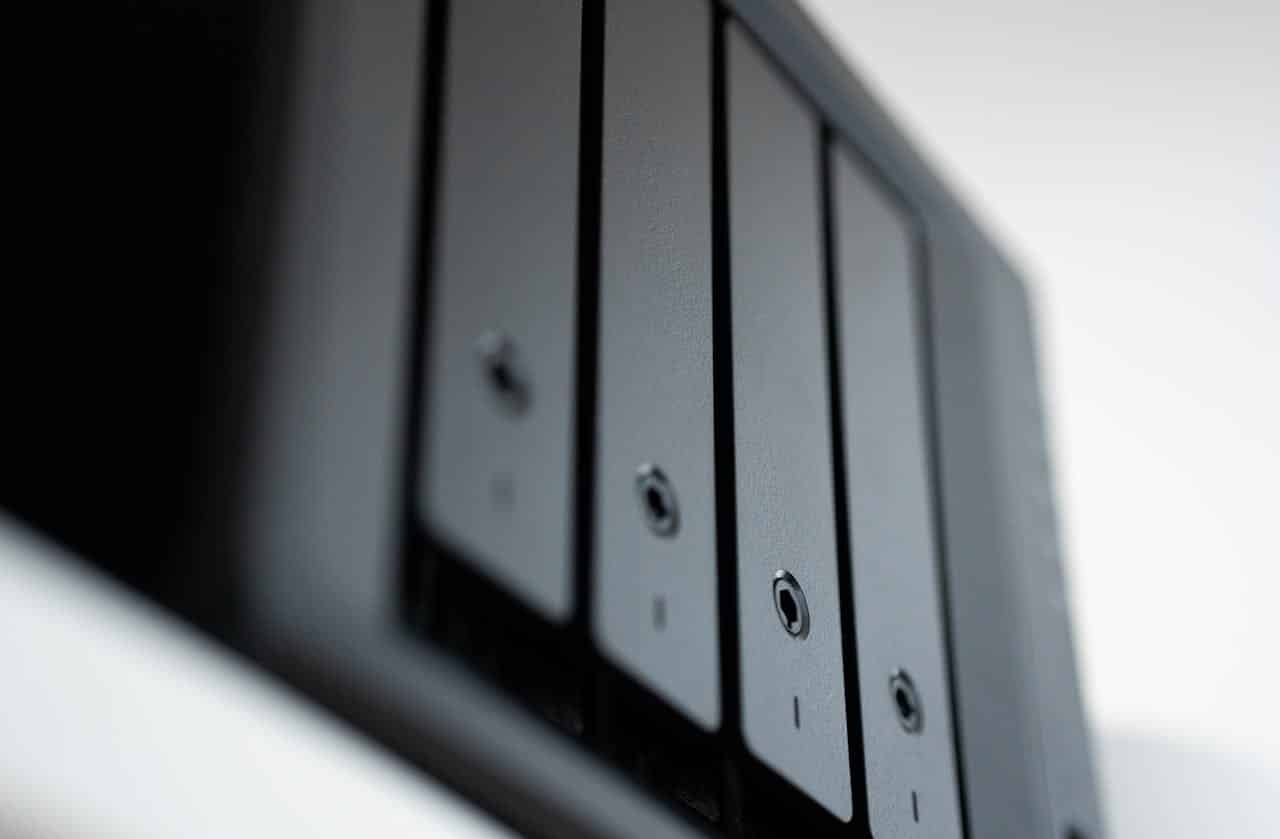Share this:
Posted in:
Clear IntelligenceBy employing a visual inspection system for quality check of its products, a food company not only reduces the losses, but also substantially decreases the chance of a quality-related scandal.
The following contains excerpts from FoodQualitySafety.com on Making the Case for Automated Visual Inspection
What is Automated Visual Inspection?
An AVI system usually consists of image-capturing equipment and image-analysis software. AVI is based on the technology that is called machine vision because it allows machines to “see” and analyze real-world objects. An AVI system always includes a lighting source, a camera or another sensor (depending on the spectral range), and a processing unit. The software part is a set of image analysis algorithms that sift an image in order to detect any defects or deviations in the product’s appearance.
It is worth noting that all this happens within seconds or even fractions of a second. This processing speed is one of the major reasons why AVI is considered more efficient than any manual inspection technique. Other reasons include the properties of software—it’s tireless, consistent, unbiased, and accurate. Besides that, the “visible spectrum” of machine vision is five times broader than that of a human and includes infrared, X-ray, and UV ranges.
We have found use cases for Visual Inspection and quality assurance across many manufacturing and distribution industries. This particular article calls out specific uses for the food industry.
A Real-world Example
On April 17, 2017, a family from Virginia found an unappetizing item in their bagged ready-to-eat salad. On the bottom of a plastic bag, they discovered a chopped-up corpse of a mouse stacked between savoy cabbage leaves and carrot slices. Shocked and outraged, the family sued both the food company responsible for rodent-contaminated salad production and the retailer distributing this product.
This is only one albeit a very impressive example of what can happen if food contaminants haven’t been detected and eliminated timely. According to the statistics, microbiological and physical contamination together are responsible for 54 percent of recalls in the food industry. And, while a recall is somewhat better than a lawsuit, it still causes losses, so it is essential to detect and discard contaminated products as early as possible.
What can food companies do to detect foreign objects in their products at different production stages? One of the most reliable options is automated visual inspection (AVI) of food.
In the Food Industry
AVI is used in many industries, and the simpler and more standardized an inspected object is, the more inspection accuracy can be achieved. In the food industry, it assures that the product meets certain quality criteria: size, shape, freshness (in some cases), absence of surface defects, and, of course, absence of foreign objects. Besides simple quality assurance (pass/fail test), an AVI system can grade the products and sort them into several classes depending on their quality.
Looking for Foreign Objects
Depending on the inspected product, physical food contaminants can be detected either by optical inspection (in the visible light) or by X-ray examination. Optical inspection detects foreign objects among fruits, vegetables, berries, nuts, and grains. It can also estimate fecal contamination of poultry and thus indirectly assess its microbiological contamination. X-ray examination is used to detect foreign objects in packaged products, for example, parasites in fruits and vegetables, bone fragments left behind in the de-boning process in poultry, etc.
In the dead mouse case described above, an AVI system could have detected foreign parts among the leaves and vegetables before they were packed. Alternatively, an X-ray-based system could have inspected already sealed plastic bags, although at this stage the scrap cost would be higher. Nevertheless, a fully automated food production process would have benefited from equally automated quality inspection.
Properly Manage Your Data
Data growth is rapidly increasing, even as budgets are either static or decreasing. The combination of expansive data and constrictive budgets presents a hefty challenge to businesses and IT leaders. In order to avoid unnecessary and emergency storage purchases, it’s essential that IT leaders know their key storage data metrics to understand not only how quickly their storage is growing, but where that growth is happening. With the right tools, insight, and intelligence, IT leaders can uncover opportunities for operational efficiencies, cost savings, and infrastructure planning.
IT leaders must know their key storage data metrics to understand not only how quickly their storage is growing, but where that growth is happening. It’s important to create an infrastructure system that focuses on improved data visibility, improved operations, and understanding data categorizations.



